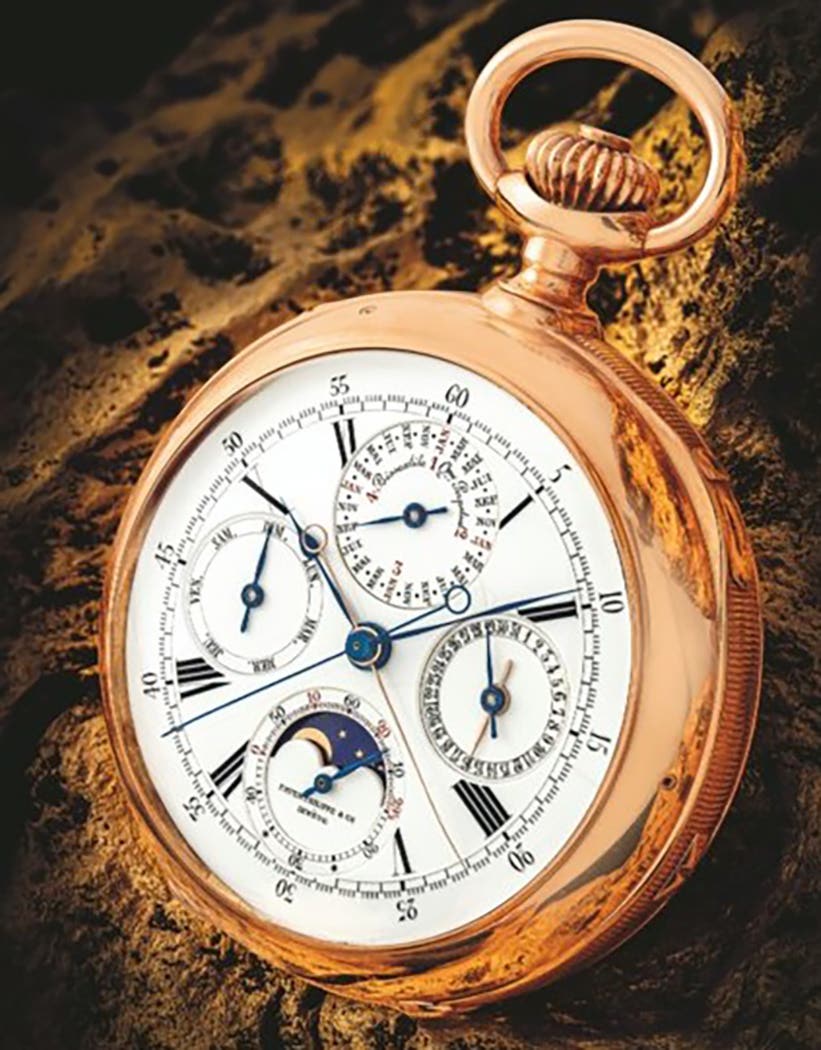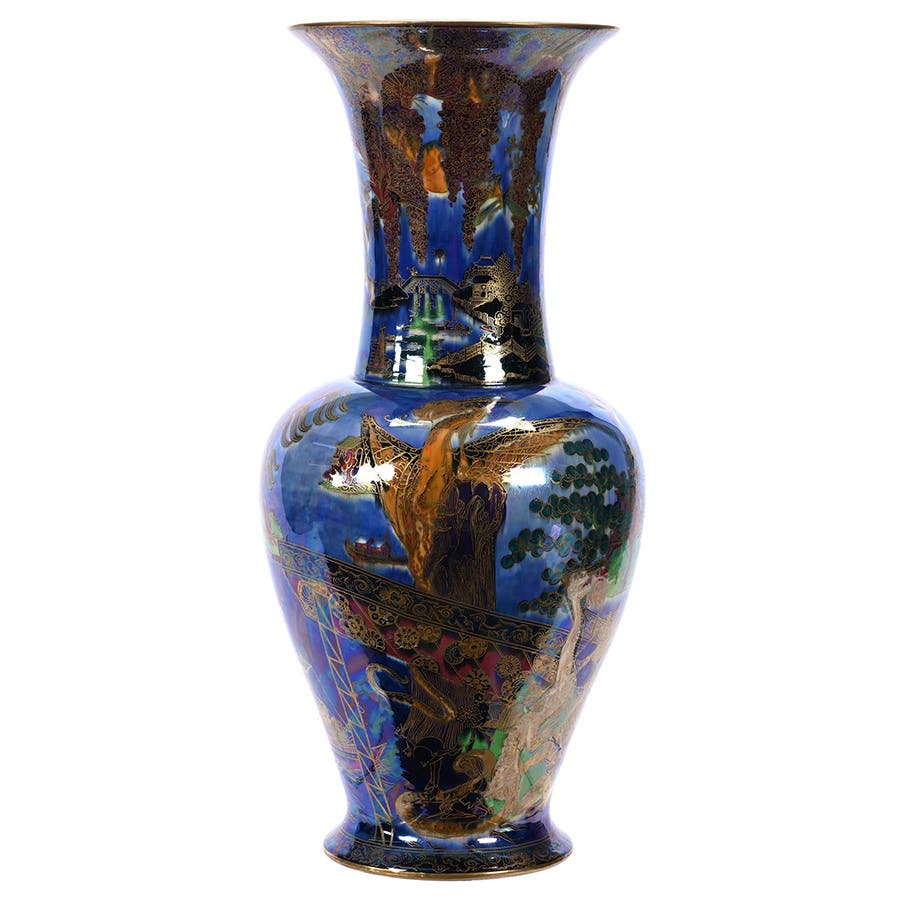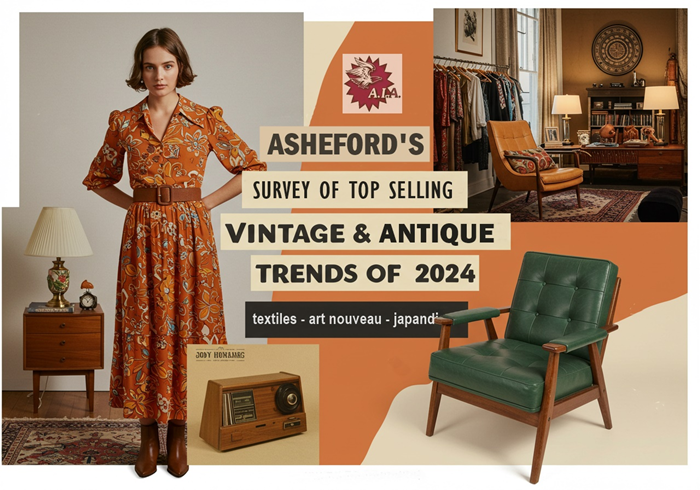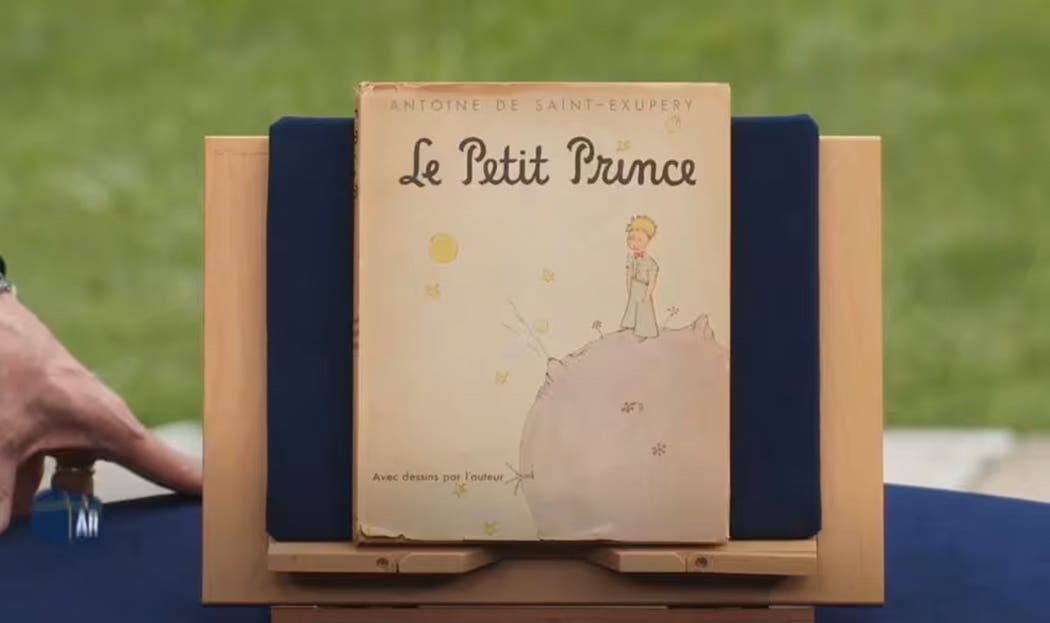The Essence of Collecting: Meaning over money
We are never too experienced to gain a new appreciation for information. That’s part of what is at the core of the latest column by Wayne Jordan. A column about reconsidering the essence of collecting today.
By Wayne Jordan
It seems that noted psychoanalyst Sigmund Freud was quite a collector. He amassed a collection of antiques that eventually numbered around 2,300 pieces. According to Freud’s student and colleague Ernest Jones:
“His collection crowded his desk and cabinets, filling every available spot in the two rooms where he wrote and consulted with patients ... to the left of the door was a large bookcase covered with tall ancient statuettes. In the corner, at the end of the wall facing these statuettes, was Freud’s chair, almost hidden by the head of the couch. ... to the left and right of the door were glass showcases filled with hundreds of antiquities; these were set up in several rows; every bit of cabinet space was filled ... I was amazed by the unbelievable number of art objects” (Edmund Engelman, “A Memoir,” 1976, pp. 137-138).
Freud's Take on Collecting
In his typical fashion, Freud associated the psychological urge to collect with man’s bodily functions; specifically, in this case, with toilet training. Doctor Freud suggested that toilet training was a traumatic experience that could be relieved by collecting. In his 2007 article for The National Psychologist titled “The Psychology of Collecting”, Mark B. McKinley, Ed.D. relates Freud’s toilet training assertion that “the collector is trying to gain back not only control but ‘possessions’ that were lost so many years ago.”
Well, there’s an idea deserving of a flush. Freud’s (in my opinion) misguided conclusion notwithstanding, he may have started something when he attempted to find a psychological basis for collecting. An article published by the Association for Consumer Research titled “Collecting in a Consumer Culture” by Russell W. Belk et. al. references over 200 studies relating to the hobby of collecting.
I found Dr. Belk’s review of the literature enlightening; I was surprised by a few of the findings, though. We in the antiques business operate on assumptions that, in some cases, may not be true. I’ve been forced to reconsider some information that I hadn’t given adequate thought to. Here are a few of the surprises I found in Dr. Belk’s review:
Eye-Opening Findings About Collecting
• More people collect than I had ever imagined. In 1981, George O’Brien wrote for the New York
Times Magazine that one in three Americans collects something. Another study (Schiffer et. al.) established that nearly two-thirds of American households have at least one collection. That’s over 100 million collectors nationally; an average of about 2 million per state. I had no idea there were so many. I’ve always believed that collecting was a hobby pursued by a select few. Guess I was wrong.
— Collecting is more common among children than adults. The research team of Danet and Katriel found in 1988 that 84% of first-to-seventh graders pursued collecting as a hobby. Their collections may have been marbles, stones, seashells, bugs, or whatever, but clearly the inclination to collect appears early. In eighth grade, the number of young collectors drops to below 50%. I admit that I’ve never considered targeting school children with my advertising, or holding a “collecting is fun” promotion at my store or local elementary school. I do recall, though, that my schoolmates often proudly showed-off their collections during the “show and tell” portion of our class day. If children are natural collectors, and (as many contend) our industry is dying from lack of new customers, it seems that the way to “train up” a new generation of collectors is to share the fun of the hobby with early-elementary children.
Challenging Views of Collecting Patterns
• Adult men are more likely to collect than adult women. Among youthful collectors, boys and girls collect at about equal rates. Once adulthood is reached, though, the number of women who collect drops off considerably. This finding surprised me greatly, because I see more women than men in antique shops. Is this because women are more likely to “shop” as a recreational activity? Or, perhaps, they are buying home decor rather than searching for a collectible? Or perhaps the study was flawed? Are men more likely to collect than women? I honestly don’t know, but now that I’m curious about it I’ll certainly be paying closer attention in the future.
— Manufactured collectibles are good. I’ve never had much confidence in the collectability of goods that are manufactured specifically for the purpose of collecting. You know the ones I mean: Franklin Mint, Lladro, Hummel, Waterford, various dolls and such. The list goes on and on. Research, once again, urges me to reconsider my position. Though such collectibles (overall) offer a poor rate of financial return, people continue to buy them. Why? Because they like them, regardless of their investment value. But the fact is that such collectible lines are growing in number and are increasingly collected.
Sometimes Lure is Sacred
C.V. Duggleby, in writing for the National Westminster Bank Quarterly Review, stated in his article “The Lure of Collecting” that “we do not regard as collectors those who acquire a set of items solely as an investment ... However, when profit is the sole purpose for acquisition and possession, the items acquired are likely to lack the sacredness and unity found in a true collection.” In other words, the value of a “true” collection is found in the owner’s feeling toward the collection, rather than in the way it affects his investment portfolio.
Dr. Belk further points out: “commercial societies reinforce the social and economic significance among aspects of collecting behavior by prepackaging the experience for consumers. Firms such as Hummel, Lladro and Waterford, among others similarly encourage collecting by producing items whose principal value or point-of-difference resides in their collectability. Thus the commercialization of a social activity – the commoditization of collecting – is at once a cooptation and a reinforcement of an important consumer behavior.”
Objects Take On Meaning
A collection is a member of the family. Asked what things they would save in a fire, interviewees commonly cited favorite items from their collections. Family first (including pets), and then the collection.
Collecting is deeply embedded in our culture. Those who partake of the hobby are blessed, indeed. Consider the words of Jim Lehrer from his 1990 article “And Now, A Word of Praise for the Pack Rats Among Us,” from Smithsonian Magazine:
“Envy us [collectors) because all our car trips down country lanes and ‘blue’ highways are treasure hunts .... because every mail delivery has the potential for having the note about or Polaroid shot of an item we have been looking for desperately .... Envy the adventures we have while on The Hunt .... But mostly envy us for the Thrill of The Find.”
Longtime columnist, writer, and author, Wayne Jordan is an antiques and collectibles expert, retired antique furniture and piano restorer, musician, shop owner, auctioneer, and appraiser. His passions are traveling and storytelling. He blogs at antiquestourism.com and brandbackstory.com.








